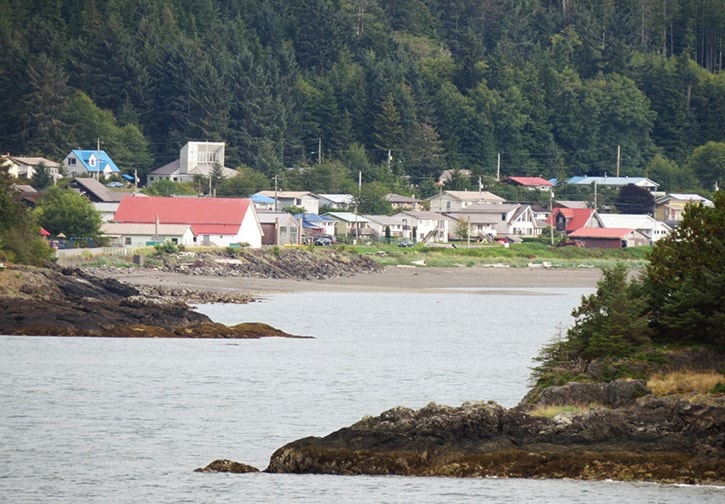How long would it take to meet everyone living on Haida Gwaii?
Statistics Canada doesn’t say, but the latest census data show it would likely be a bit quicker now than six years ago.
Between 2011 and 2016, the islands’ total population fell to 4,198 — a decline of nearly four per cent.
While most of the islands’ larger villages shrank in numbers — Old Masset, Masset, and Queen Charlotte each saw declines of about 10 per cent — Skidegate bucked that trend, growing by about 18 per cent.
Among smaller communities, Sandspit looks steady and Tlell got a few more folks, but Port Clements saw its population fall by a quarter.
Billy Yovanovich, Skidegate’s chief councillor, said it’s good to be growing.
“We need numbers to support different businesses,” he said, adding that Skidegate has seen several new houses go up in the last few years as more band members move home, mostly in the heights and upper heights.
“We’ve got lots of developed lots that are serviced now, ready to go,” he said.
While old town Skidegate is pretty much filled, councillors hope to remove a couple of old houses and make way for new construction there, too.
“If there are more coming soon, we can accommodate them for sure.”
When the census was taken last May, Skidegate had grown to 837 residents, up from 709 in 2011.
At the same time, Old Masset had 555 (down from 614), Masset had 793 (down from 884), and Queen Charlotte counted 852 (down from 944).
Port Clements lost nearly 100 people from 2011 to 2016, falling to 282 (down from 378).
With 183 people last spring, Tlell gained the population of a Toyota Yaris, adding four from the 179 it had in 2011.
And at 296, Sandspit only needs one more soul to match its population of five years ago.
In fact, outside Sandspit, Moresby Island saw its population rise by a couple dozen over that time.
Across the water, Prince Rupert’s fell 2.3 per cent to 12,220; Kitimat dropped by about the same amount to 8,131; while Terrace got a small bump of 1.4 per cent to 11,643.
On the whole, the North Coast was out of step with the rest of B.C., which now has 4.6 million people and grew faster from 2011 to 2016 than most of the other provinces.
Out of B.C.’s 29 regional districts, 23 grew while the North Coast and five others shrank.
“It’s predominantly the northern resource regions that saw a decline,” says Urban Futures executive director Andrew Ramlos, a change he attributed to job opportunities.
“We saw the most employment growth in the Lower Mainland, Victoria and the Okanagan area,” he said.
Add Greater Vancouver and Victoria together, he noted, and those two regions accounted for about 70 per cent of B.C.’s population growth.
While the 2016 age distribution data is yet to be released, Ramlos said declining employment in B.C.’s rural regions pushes out mid-career workers, while increased jobs and education opportunities in the metropolitan areas pull in younger ones.
Canada’s population, meanwhile, has surpassed 35 million, making it once again the fastest-growing country in the G7 group of industrialized nations.
About two-thirds of the country’s population increase came from international migration — for most years between 2011 and 2016, over a quarter million people immigrated to Canada.
The three largest cities, Toronto, Montreal and Vancouver, now have a combined population of 12.5 million — over a third of the country’s 35 million people.
About 13 per cent of Canadians live in B.C., while 12 per cent live in Alberta, 23 per cent in Quebec, and 38 per cent in Ontario.
While unique in countless other ways, Haida Gwaiians join about two-thirds of Canadians in living less than 100 km from the U.S. border.
